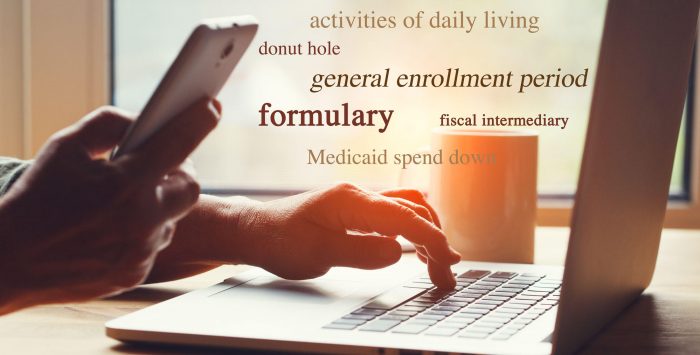What is a dual eligible?
Americans who are enrolled in both Medicaid and Medicare are referred to as dual-eligible beneficiaries, or Medicare dual eligibles, or sometimes just duals.
Dual-eligibles are enrolled in both programs when a Medicare enrollee’s income and assets are low enough to qualify them for Medicaid help in paying for some of the costs of Medicare – or to qualify them for full coverage under both Medicare and Medicaid. (Note that for people who are disabled or at least 65 years old, Medicaid has both income and asset limits, as opposed to the income-based eligibility rules that apply to non-disabled people under age 65.)
Dual-eligibles include two categories of beneficiaries:
Full-benefit dual-eligibles can enroll in Dual-Special Needs Plans (D-SNPs), which are the largest category of SNPs (the others are I-SNPs for Medicare beneficiaries who are institutionalized, and C-SNPs for beneficiaries with certain chronic medical conditions, but those account for only a small fraction of all SNP enrollments; most are D-SNPs).
How many people are covered by both Medicare and Medicaid?
There are nearly 13 million dual-eligibles in the United States.Most of them are eligible for full Medicaid benefits.
Read more about dual eligibles.
Footnotes


